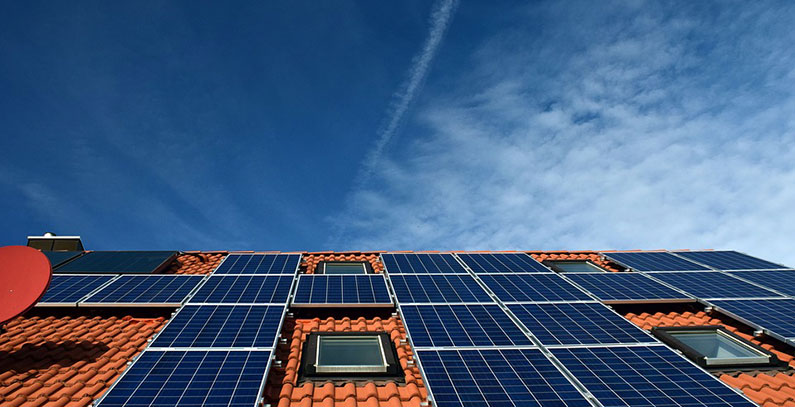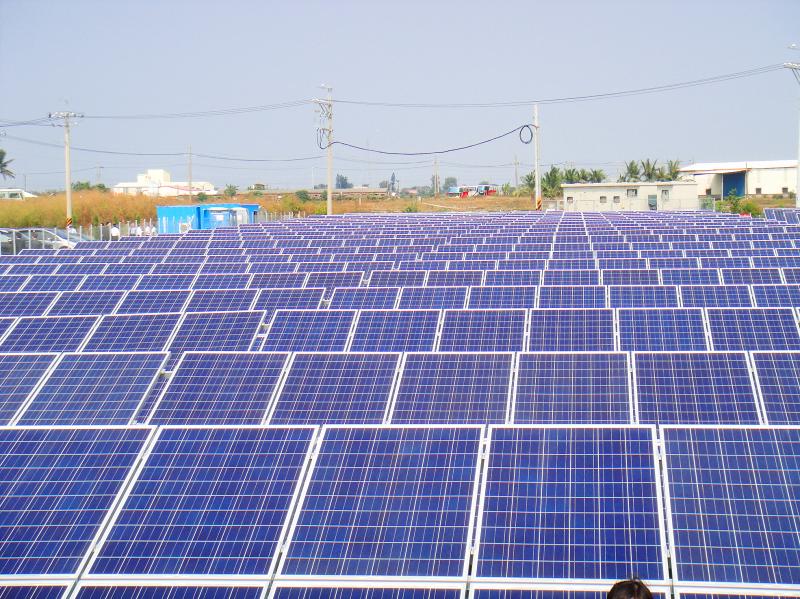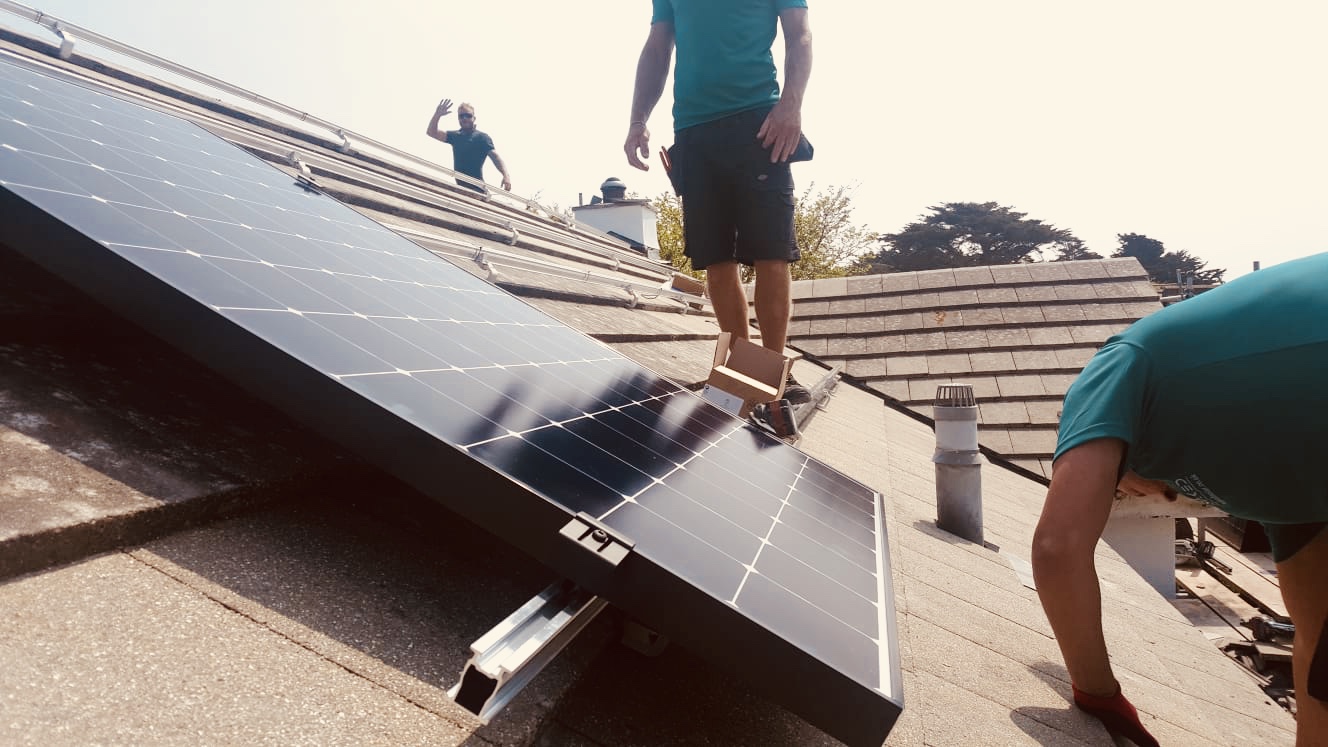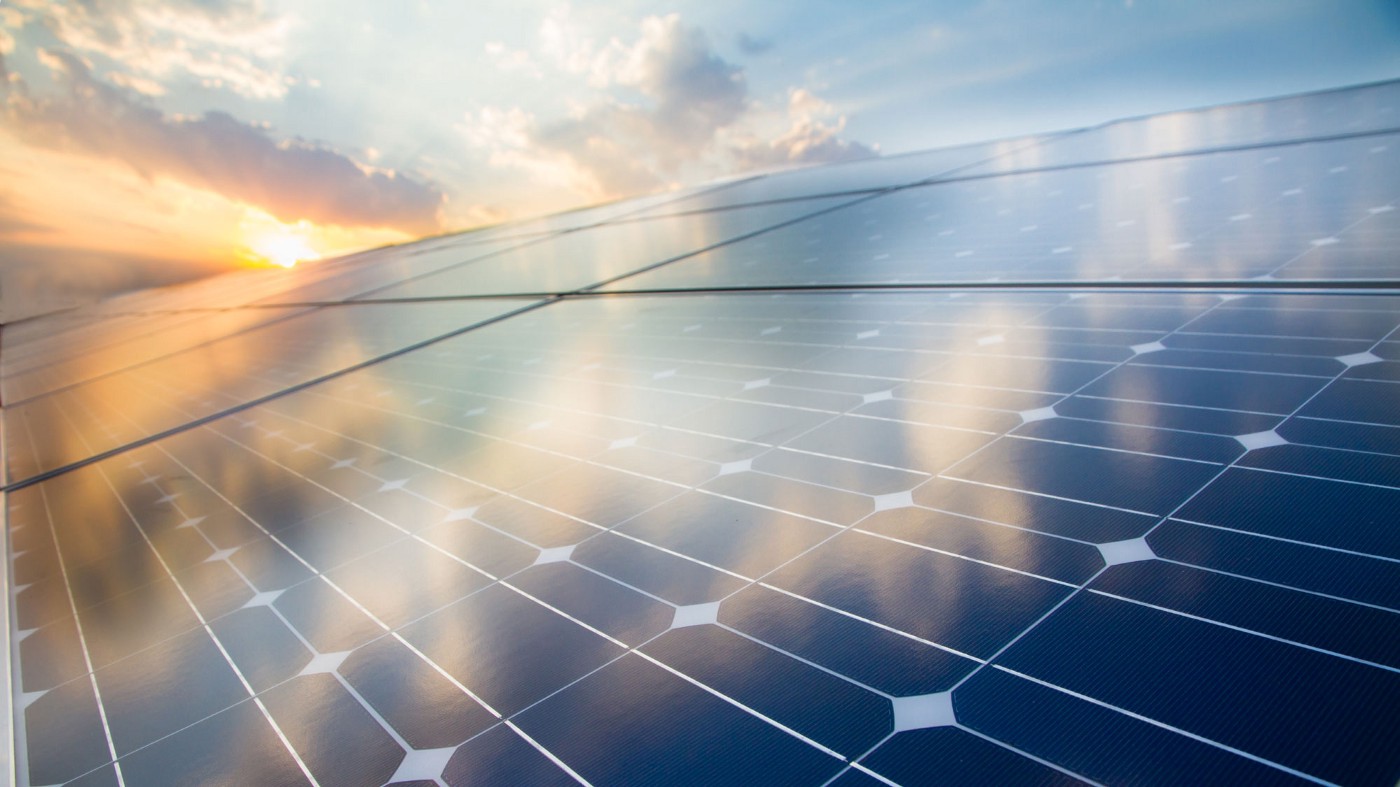Over 400 watts of solar PV capacity is instaled in NSW on a per capita basis every year. Solar power systems play a vital role in off-grid energy generation in Australia.
While this source of power is most common in suburbs and remote areas, the demand for these systems increases steadily every day. Even the government now offers plans and benefits to promote the use of solar power in the country.
So, several private energy suppliers in Australia now specialise in making solar power available to customers. Besides the environmental benefits, another advantage that solar power users enjoy is solar feed-in tariffs.
These tariffs are payments you get for sending excess energy back into the grid. It is recommended you choose the service provider that offers the best solar feed in tariff nsw if you plan to shift to solar energy.
Learn About Base/Benchmark Rates

The tariff rate may vary from retailer to retailer. However, the benchmark rate is the base rate set by IPART, an independent regulator in NSW. The present benchmark rate set by IPART is 4.6 to 5.5 c/kWh.
Consider the base rate to know how much you can expect to receive from your energy retailer for the energy you feed back into the grid.
IPART usually sets a rate to match the amount energy retailers would have to pay if they buy the energy from other suppliers.
Choose the energy retailer that offers the best solar feed in tariffs in NSW for the excess energy you plant to generate.
Understand the Tariff Types

Net feed-in tariffs and gross feed-in tariffs are the standard types of solar feed-in tariffs that you can choose from.
You only get a credit for the surplus energy you feed back into the grid with net feed-in tariffs.
Conversely, you could get a credit for every kilowatt-hour of electricity the solar system produces with gross feed-in tariffs.
However, gross feed-in tariffs are no longer offered by retailers. Other common types include single-rate feed-in tariffs and time-varying feed-in tariffs.
With time-varying tariffs, the credit rate you receive will vary based on when the electricity is imported back into the grid.
Customers usually get the highest rates for exporting electricity during peak hours. Hence, it’s best to find ways to export the majority of your surplus electricity during peak hours.
However, with single-rate tariffs, you get the same rate regardless of when the system sends electricity back into the grid.
Understand the Terms and Conditions

Understand the tariff-related terms and conditions put forward by the energy supplier. For example, some energy retailers may insist you buy solar panels from them.
The retailers may also charge additional charges like daily supply charges. You may also check if the retailer offers all necessary support services to send electricity back to the grid.
Compare Retailers

It is also essential to check the government regulations surrounding solar feed-in tariffs in your location before finalising a supplier.
Use an energy comparison website to find the best retailer for solar feed-in tariffs. These websites give you information on the latest tariff rates and the best retailers in your location.
Wrapping Up

Factors like the positioning of your panels and the battery type you use impact the amount of excess energy you send back into the grid.
